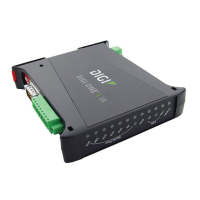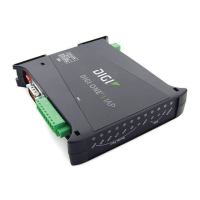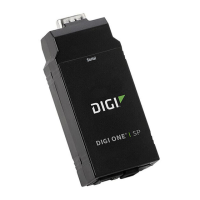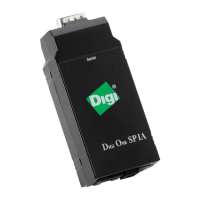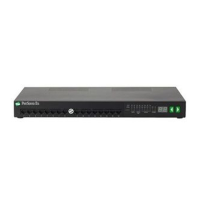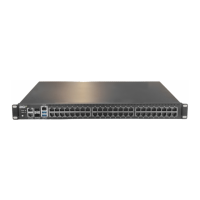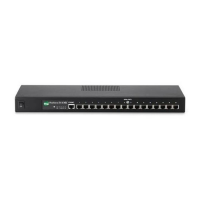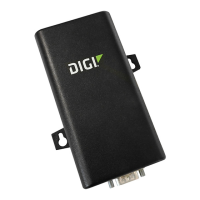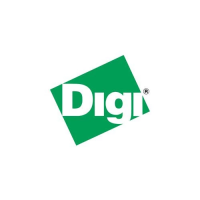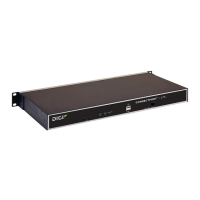Configure the Digi One IAP using IAprofiles Modbus profile: serial-connected slave
Digi One IAP Family User Guide
11
Configuration requirements
The serial port connections must be configured to meet the requirements of the attached device,
which can be one of the following:
n Modbus ASCII
n Modbus RTU
n DF1 Full-Duplex
n Omron Hostlink
n Omron FINS
n Omron CompoWay/F
n A serial port protocol that meets Digi’s definition of a “user defined” protocol, that is, one that
has fixed header and trailer strings that bound all message packets and where each protocol
request is followed by a single response.
For the network connection, Digi recommends TCP sockets, which works regardless of the serial port
protocol specified and provides an efficient and reliable network service. Another option is UDP
sockets, which also works with all the serial port protocols, although it lacks TCP socket reliability. For
Modbus devices, Modbus/TCP is an option, and for DF1 Full-Duplex devices, Allen Bradley Ethernet and
Ethernet/IP are options.
Setup information for slave side
See Configure a serial-connected slave: generic procedure.
Locate setup information for master side
n To configure TCP socket or UDP socket communication, see Configure a serial-connected
master: TCP/UDP sockets.
n To configure any of the other network communication protocols, see Configure a serial-
connected master: generic procedure.
Modbus profile: serial-connected slave
Use the Modbus profile to connect a slave device (or devices) using Modbus RTU or Modbus ASCII. This
profile is applicable to environments in which multiple masters control the slave or slaves.
Configuration requirements
The serial port connection must be configured for the protocol required by the slave, in this case
Modbus RTU or Modbus ASCII.
